Psychological Safety and high-performing teams
'Psychological safety' - unpacking the buzzword
The idea behind psychological safety is that people must have the confidence to be themselves in a team, without pretending to be something they are not. Team members need to feel accepted, be able to talk openly and transparently and be vulnerable with each other. These things are as essential in everyday relationships as they are in creating an optimal working environment. So, perhaps we should simply rebrand 'psychological safety' as 'permission to be human'!
Part of the work of an executive coach is to help organisations, companies and charities to identify the level of psychological safety they have in their team and how best to increase it. Psychological safety can radically improve people’s well-being, increase motivation levels and maximise a team’s effectiveness in many ways. Some may refer to this as ‘openness’ or ‘transparency’. I prefer the term ‘vulnerability’ which I believe can be transformational in corporate environments. In fact Patrick Lencioni lists an ability to be vulnerable with each other as one of the top five qualities of a successful team.
Vulnerability and Psychological safety
Vulnerability is often talked about in a team context in terms of psychological safety. I found this Harvard Business Review article particularly helpful. Laura Delizonna advises the following six steps in her article: High-Performing Teams Need Psychological Safety. Here’s How to Create It
Approach conflict as a collaborator, not an adversary;
Speak human to human;
Anticipate reactions and plan countermoves;
Replace blame with curiosity;
Ask for feedback on delivery; and
Measure psychological safety.
Why implement these steps at board level?
In my experience of coaching leaders, and also in my own leadership roles, it can sometimes be challenging to get the balance right when it comes to openness or vulnerability. In reality as a leader you can’t always be completely transparent to everybody. There are plenty of times when you still need to instil confidence, even when you have your own doubts. What you can and can’t say depends largely on the environment, circumstances and audience But by showing vulnerability when appropriate, you lead by example and help to create this culture.
It’s also important that, as a leader, you find your own environment to express your worries and expose some of your vulnerability and it is here that working with an executive coach can be highly beneficial in achieving this balance. Executive coaching provides a space where leaders can be vulnerable.
Psychological safety works best when we cut away pretence which can be risky. It’s better when we’re able to admit our mistakes, or discuss how things went wrong, so we can learn from them collectively. Hiding things away is counterproductive. There are examples of corporate disasters where an autocratic leader was perceived to be ‘all knowing’ and mistakes were made because he or she wasn’t prepared to admit they didn’t have all the answers. Had they been able to ask others for their genuine input, problems may have been averted. So, transparency is key.
I often work with company boards who have an obligation to reflect on their collective effectiveness at regular intervals. Sometimes each board member is asked to self-assess their performance against a target matrix of skills. I deal with dozens of these self-assessment forms as part of the work I do around ensuring effective governance. I am surprised that there are still leaders who see themselves as Superheroes, scoring themselves highly for every single skill. This is probably due to an element of bravado for the most part, but I believe we can do better when we use less subjective ways of analysis and embrace and monitor psychological safety within the organisation.
So, to conclude, I am all for leaders putting on a brave face when they need to, that’s part of being on an executive team, however we should have at least one person we can confide in, and where you can speak openly with your team, don’t hold back. In my experience of high-performing boards and teams, it is where individual members feel safe enough to be honest about their strengths and weaknesses that success comes more easily.
Shared transparency gives a more accurate picture of what steps need to be taken to strengthen a team. An ability to be vulnerable with each other fosters trust and stronger relationships, giving the team the opportunity to focus on collective weaknesses. This makes everyone stronger. Vulnerability isn’t weakness, it’s actually an essential strength! I would love to know your thoughts on this. Please email me at sarah.parr@sirise.co.uk

